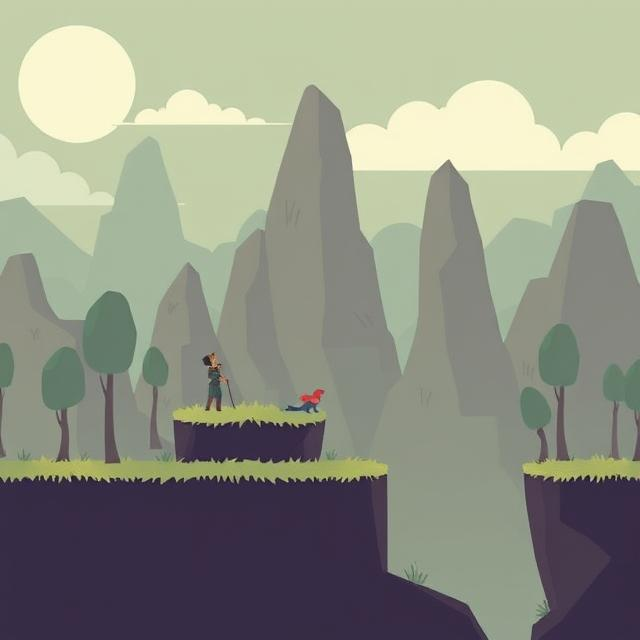Game difficulty isn’t just about how many times you die. It shapes the entire player experience—from pacing and emotion to narrative and satisfaction. Developers use difficulty settings not just to challenge, but to sculpt how a game feels.
In action games like God of War or Elden Ring, difficulty affects combat timing, stamina management, and enemy behavior. A harder setting means players must engage more deeply with core systems—parrying, positioning, weapon choice. This elevates gameplay from casual engagement to deliberate mastery.
RPGs like The Witcher 3 or Dragon Age often tie difficulty to immersion. On easier modes, you enjoy the story and exploration. On higher difficulties, potion use, enemy weaknesses, and economy management become essential. The same game becomes a very different experience.
But difficulty isn’t always combat-related. In Celeste, Assist Mode lets players tweak speed, invincibility, and jump strength. It doesn’t shame them—it enables them to experience the story on their own terms. Accessibility becomes part of difficulty design.
Then there are games with no difficulty options at all, like Dark Souls. These titles treat struggle as part of the narrative. The difficulty itself becomes an emotional journey—frustration, learning, then triumph.
The best approach? Giving players options. Whether through presets or custom sliders, difficulty should empower, not punish. A well-designed difficulty system respects both hardcore perfectionists and players just looking to enjoy the ride.
